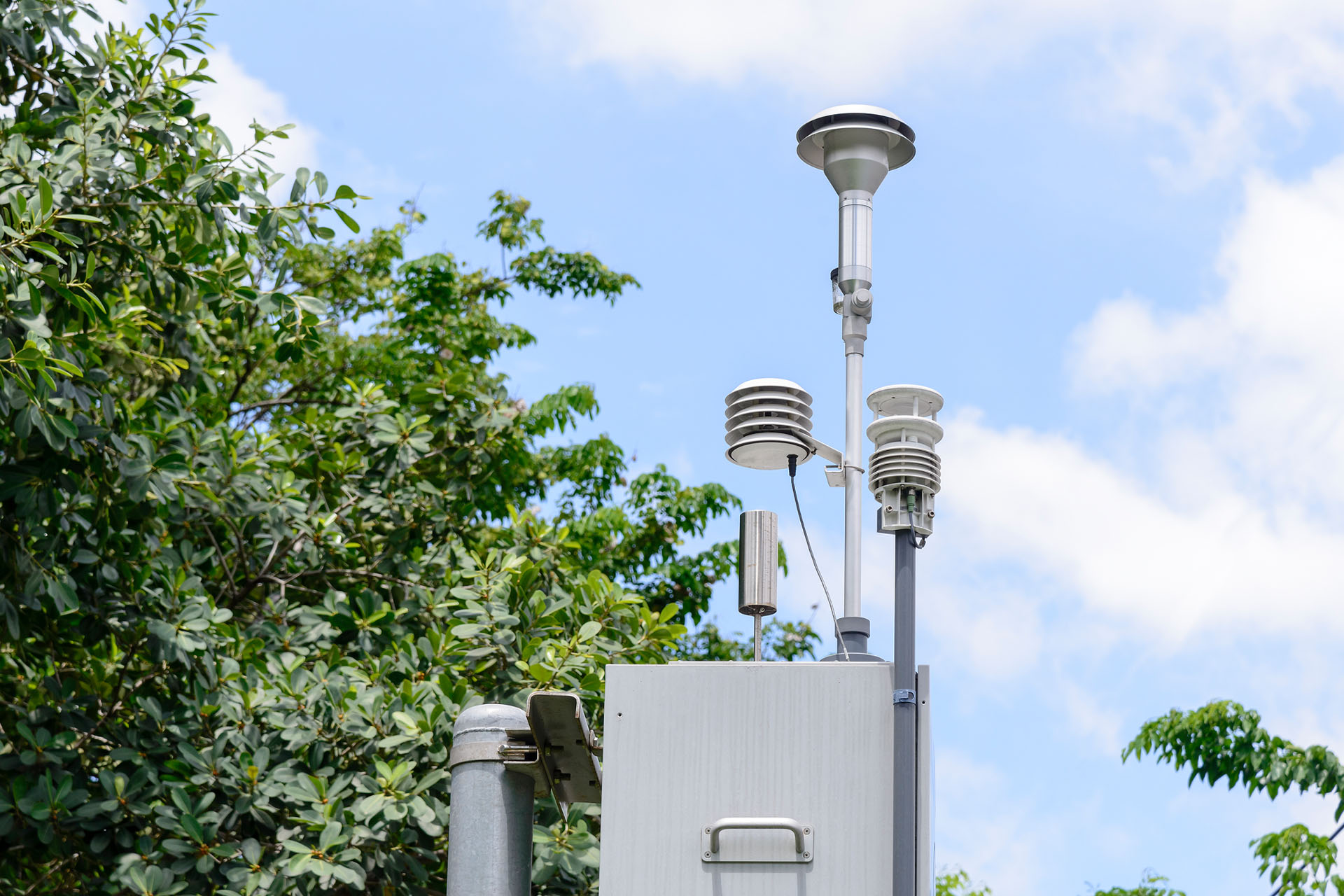
Analytical Technology Laboratory provides reliable and precise environmental testing services for manufacturing and engineering industries, including testing and analysis for water, soil, air, sludge, petroleum, chemicals, and other samples.
Analytical Technology Laboratory has state-of-the-art environmental labs to test client samples for trace chemical compounds and pollutants. We test samples to ensure adherence to government, regulatory, and industry benchmarks, employing qualified environmental chemists and hi-tech analytical instruments. We conduct trace and ultra-trace analysis for hydrocarbons, metals, contaminants, and other elements.
|
|
|
|
ATL has the facilities and expertise to test air, water and soil to identify the presence of following pesticides.
|
|
|
|
|
|